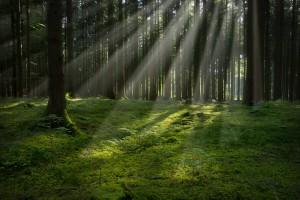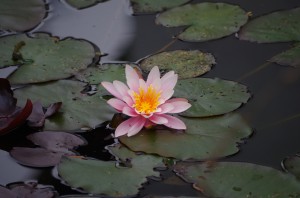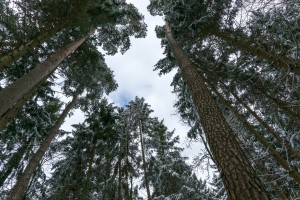In today’s world, we are always looking for the “green” alternative. Our lives are spent impacting the world and the environment through the choices we make and the actions we take each and every day. It’s no surprise that, with all that potential for causing damage, many of us try to give back in any way that we can.
Recycling? Yes, please. Hybrid car? Sign me up! If living green is what you want, there are numerous ways, and varying degrees, to which you can make that happen. But what about dying green? What are our options if we want to make less of a lasting impact on the earth?
There was a time, not so long ago, that there were none. However, the world is changing. With new technology comes new innovations, and with new attitudes come some old, recycled ideas. If you are looking for more green options for your remains, here are three things you might consider.
Green Burials
The greenest option available at this time is the green burial. This option returns your body to the earth as naturally as possible without any added chemicals. Basically, A green burial is a burial where the deceased is placed, without embalming, in a biodegradable shroud, biodegradable casket or favorite blanket and then set in the earth.
Many green cemeteries encourage family and friends to plant trees and plants on the spot their loved one was buried so that the remains can contribute to new life. Most of them don’t allow headstones or grave markers other than what has been planted, and though it is technically a cemetery, wildlife is encouraged to grow and inhabit the area.
The idea of the green burial is not new, though the motivations behind it are. Certain cultures have buried their dead without ornamentation since the beginning of time. However, none of these cultures were performing these actions because they were specifically concerned about any lasting effects on the earth but rather chose to bury their dead this way for religious reasons or out of necessity. It is only recently that people have viewed this ancient tradition as a green and natural alternative to traditional burial.
Alkaline Hydrolysis
Alka-what? Hydro-who? Basically, this is an alternative method of cremation wherein the body is placed in a tube with a 95% water and 5% lye solution. This is then heated under pressure to prevent boiling to approximately 160 degrees Celsius or 320 degrees Fahrenheit. The body is then able to break down into its chemical components.
Essentially, this chamber effects the same decomposition process the body undergoes naturally, but it takes three hours instead of twenty-five years. The resulting biological waste is washed down the drain, and the bones as well as any metals from teeth fillings, hip replacements, or pace-makers remain. The bones are crushed into powder and given back to the family as ash, similar to cremains, while the metals are collected and disposed of as the family sees fit. Recycling is an option.
The creators of this method claim that traditional cremation emits twenty times more carbon dioxide into the atmosphere per body than alkaline hydrolysis, and that their chamber is 75% more energy efficient than the standard cremation chamber. All of that sounds good, but this is still a new process and the validity of these claims is still being tested, as well as the low impact environmental claims for the resulting waste.
However, there are already seven states that have legalized this process for commercial purposes and more are considering it every day. If you want an alternative to cremation, this is definitely one to keep an eye on.
 Promession
Promession
Founded by Swedish biologist Susanne Wiigh-Mäsak, promession is yet another alternative to cremation. In promession, the body is immersed in liquid nitrogen and completely frozen. Then the remains are vibrated until they shatter into pieces. The remains are then subjected to a vacuum so that they become a dry powder weighing 50%-70% less than the original body. Any metals can be removed by a magnetic process or by passing the powder through a sieve. Finally, the remains are placed in a biodegradable casket and interred in a shallow grave. Aerobic bacteria, bacteria that require oxygen to live, will decompose the remains into humus or compost in as few as twelve months.
Like alkaline hydrolysis, this method does not emit any direct carbon dioxide into the air, and the aerobic bacteria, present because of the shallow burial, ensure that no CH4 is released as would happen with a deep burial. In this way, the body is naturally recycled into the soil.
If this sounds like something you’d like to know more about, there are plenty of sites online to give you more information, but this method is still being licensed and is not yet available for commercial use. It will be a few years yet before promession is ready for the public, if at all.
As you can see, traditional burial options are not the only options available. Time will tell if these alternative methods will catch on or ever be in a position to replace the big two, but it is a comfort to know that such alternatives are being explored. It’s important for funeral homes and clients alike to keep abreast of new developments as it’s impossible for clients to ask for a change in the traditional methods if they don’t know what their options are. Likewise, funeral homes need to be aware of the changing demands of their clientele.
Changes in the industry can be beneficial for everyone, not to mention the environment, and ignoring them just isn’t an option. Like with anything else in today’s world, if you’re standing still you’re losing ground.
Tags: Green Burial